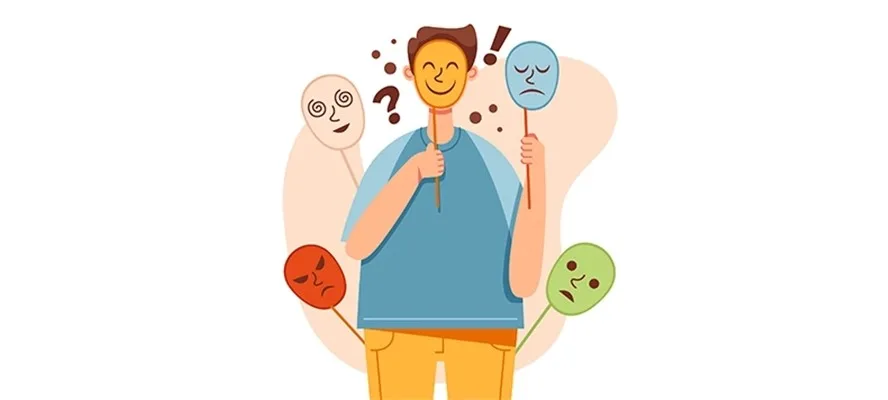Emotions are at the heart of what makes us human. We laugh when we are happy, cry when we are hurt, and get angry when something feels unfair. But if you have ever traveled, worked, or lived with people from different parts of the world, you may have noticed something interesting: the way emotions are expressed can look very different depending on the culture. Some people share their feelings openly, while others keep them more private. Neither way is right or wrong, it is simply how culture teaches us to navigate our emotional world and how we are socialized to express what we feel inside.
One way researchers often talk about cultural differences is by looking at whether a culture values independence or interdependence. In cultures that emphasize independence, such as many Western societies, people are encouraged to express their emotions openly. Speaking your mind, sharing how you feel, and showing your emotions freely are often seen as signs of authenticity and strength. On the other hand, cultures that value interdependence, such as many East Asian, African, or Latin American communities, focus on maintaining harmony in relationships. Here, people might hold back emotions that could cause conflict or discomfort, seeing emotional control as a way to protect relationships and show respect for others.
This is where the idea of “display rules” comes in. Display rules are the unspoken cultural guidelines that tell us when it is okay to cry, when to smile, or when to stay neutral even if we are feeling strongly inside. For example, someone in Japan might hide feelings of anger in a public setting because keeping peace is highly valued, whereas someone in the United States might feel comfortable expressing the same anger openly because it aligns with cultural ideals of honesty and individual rights. Neither approach is right or wrong, they simply reflect different cultural priorities. These display rules begin shaping us from childhood, as we watch parents, teachers, and elders model when emotions should be shared and when they should be managed quietly. Over time, these patterns become second nature.
What is interesting is that these cultural rules do not just shape how emotions look on the outside, they also affect how we manage emotions on the inside. People from interdependent cultures might regulate their emotions more often because they want to preserve social harmony, while people from independent cultures might do so to stay true to personal goals or well-being. Even the effects of emotion regulation can differ: in cultures where emotional openness is valued, holding back feelings can sometimes be linked to stress or dissatisfaction, but in cultures where emotional restraint is the norm, suppression often does not carry the same negative weight because it fits the cultural script.
Think of two people at a workplace: one from a culture where sharing emotions openly is normal, and another from a culture where restraint is the rule. In a tense meeting, the first person might speak passionately about frustration or disappointment, believing it is important to be honest. The second person might remain calm and composed, feeling it is more respectful not to display strong emotions publicly. Both are managing emotions, but through very different cultural lenses. Neither reaction is wrong; each person is simply drawing from the emotional playbook they have grown up with.
For counsellors and mental health professionals, this cultural lens is essential. A client who does not express emotions openly is not necessarily disengaged or repressing feelings, they might simply be following the cultural values they grew up with. Similarly, someone who shares emotions freely is not necessarily struggling with control, they may have learned that emotional openness is healthy and expected. Misunderstanding these cultural differences can lead to assumptions that do not truly fit a person’s experience, which is why cultural sensitivity is so important in mental health care.
In our increasingly interconnected world, learning how culture shapes emotions can transform how we relate to one another. It reminds us that there is not just one “right” way to express emotions but many ways, each shaped by unique cultural histories and values. When we understand and respect these differences, we create space for empathy, connection, and healthier relationships across cultures. And perhaps, we also learn to be a little more open-minded about the many ways humans share what they feel inside.

